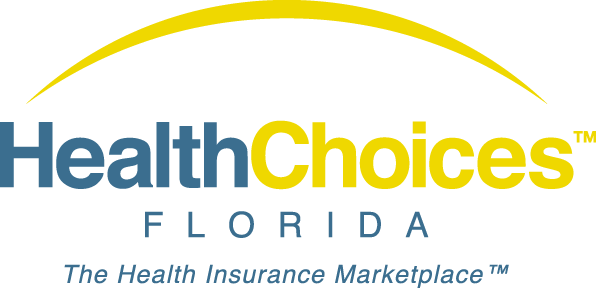Almost one year ago, I wrote a blog titled “What’s in a brand?” In it, I reviewed Florida Health Choices’ first use of the tagline “Health Insurance Marketplace,” the reason it was chosen as our official slogan, and our efforts to develop and protect the brand. A few days later, on January 30, 2015, attorneys…

King v. Burwell: Answers to Questions from Wall Street
A lot has been written about the pending decision by the U.S. Supreme Court and I really don’t have an opinion on the matter. However, I have fielded an unusual number of inquiries from financial advisors and researchers on Wall Street so I thought I would try and save myself from a few more conference calls and personal visits by answering their most common questions here.
Wall Street: If the court rules against the Obama Administration and premium subsidies are eliminated in states like Florida, what happens?
Rose: You ask the question like it’s up or down, black or white, while I see a whole lot of grey. Assuming it’s a ruling for the plaintiffs, some have proposed the entire law is wiped out. Many others have argued the law would be affected in part, but which parts? If the only element affected is the subsidies are they eliminated retroactively, immediately, at the end of the current tax year, or some other time period?
Wall Street: Let’s assume the ruling is for the plaintiffs and subsidies are eliminated in the federal exchange. Could Florida Health Choices be the state exchange?
Rose: Health Choices cannot just wake up one morning and decide to change its mission. As a creation of the State of Florida such a decision requires the Florida House of Representatives and the Florida Senate to agree on a change in existing law or the passage of a new law. This would require a special session and an appropriation. Of course, the Governor would still have the opportunity to sign, not sign or veto any bill and related funding.
Wall Street: Why would there need to be an appropriation?
Rose: The federal grant funds available to states that build their own exchange are eliminated later this year. Even if some grant fund are available through September 30, I believe they would have to be applied for, approved, and spent by that date. A ruling by the Supreme Court does not create a federal appropriation of grant funding and I haven’t heard any suggestion that Congress or the White House will be extending those grants. Even if they did, the agency making those grants would have to ask for applications, review blueprint proposals, make awards, enter into contracts – all of this typically takes several months – and the organization responding to all of this would at least need to have bridge funding during this period.
Wall Street: Regardless of the source, how much would it cost to build a state exchange?
Rose: I haven’t put a sharp (or even a dull) pencil to that calculation, but it’s definitely not the one hundred million dollars some states spent. It’s somewhere in the tens of millions. It’s not just the build, you have to consider the operating cost for year one as well.
Wall Street: But if the House, Senate and the Governor come to an agreement, there is funding available, and Florida Health Choices is designated to set up a state exchange, could Florida Health Choices get the job done?
Rose: We know what it takes to build an exchange but it also takes resources and I’m not just talking about dollars. It also takes time, which in this case, may be the more precious resource.
Wall Street: How quickly could Florida Health Choices reasonably implement a state exchange?
Rose: I would suggest a year is adequate for the planning, building, testing, remediation, testing, hardening and more testing. At the same time we now know which technology vendors have been successful, the exchange rules have stopped changing for the most part, and the federal hub is already connected to our state eligibility systems. The states affected by the ruling would be able to respond much more quickly than states that went down this path the first time around. Before you ask me if it can get done in less than a year, let me say yes, but each day that calendar is shortened increases the risk to the project. Six months is probably the minimum response time.
Wall Street: Great! With a ruling on our hypothetical date of June 30th, the state could set up an exchange in time for the January 1 coverage effective date.
Rose: Whoa there! Using that hypothetical date for the ruling – June 30th – let me map this out for you. For a ruling on the 30th, if our leaders want to proceed with a state exchange, and if they call a special session quickly – like in July – and pass a bill that is effective immediately upon becoming law, and if adequate funding is available, and if work can begin immediately that would give the state only about 3 months to build an exchange because the nationwide open enrollment period begins November 1 – not January 1. And that’s a lot of “ifs”.
Wall Street: Even though the State of Florida has an existing exchange-like organization and is positioned better than most states to respond to a ruling that eliminates subsidies for its residents, it can’t get done in time for open enrollment?
Rose: That is not the case at all. You have been asking me what it takes for the state to build its own exchange. There are intermediate options that can be considered such as cloning an exchange that is working well in another state, leasing the federal technology for a short period of time, buying or leasing the technology of a Web-Based Entity (WBE), and any number of others.

